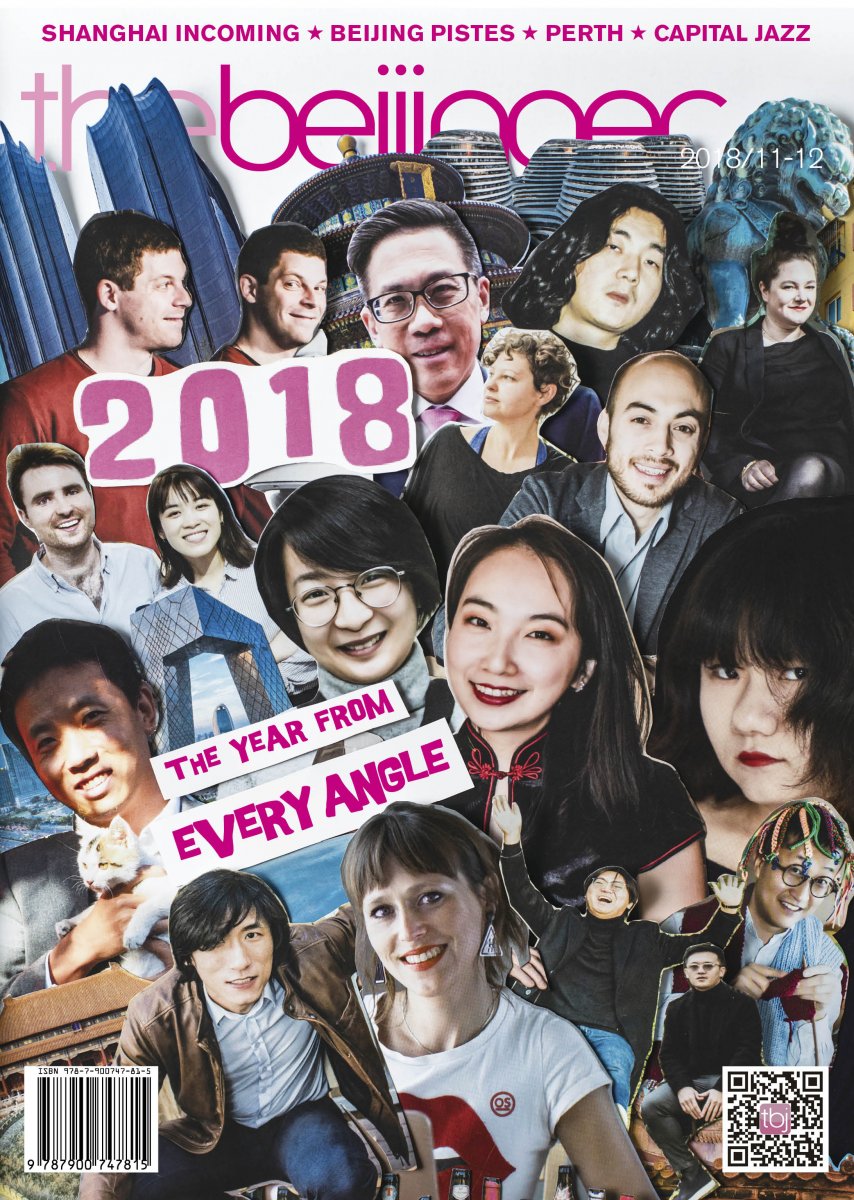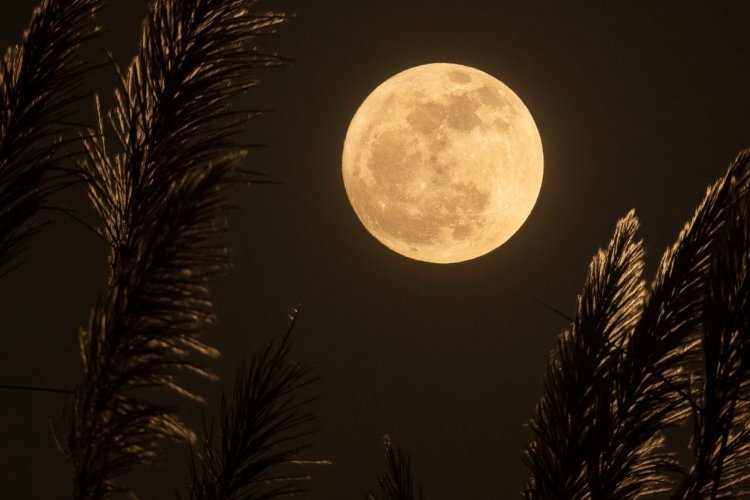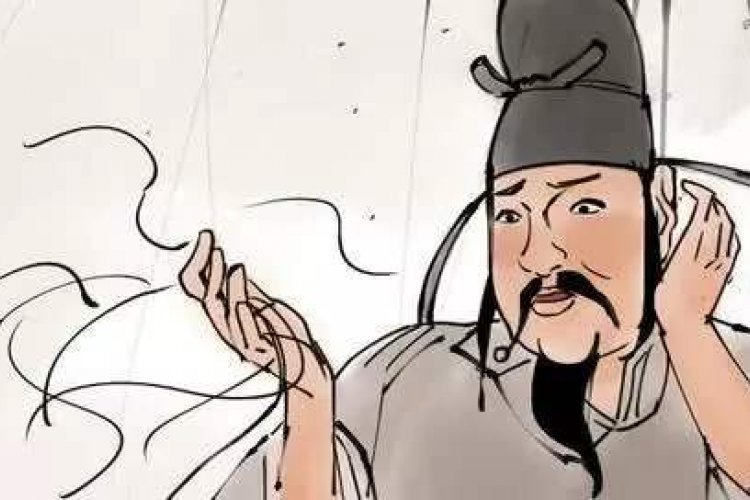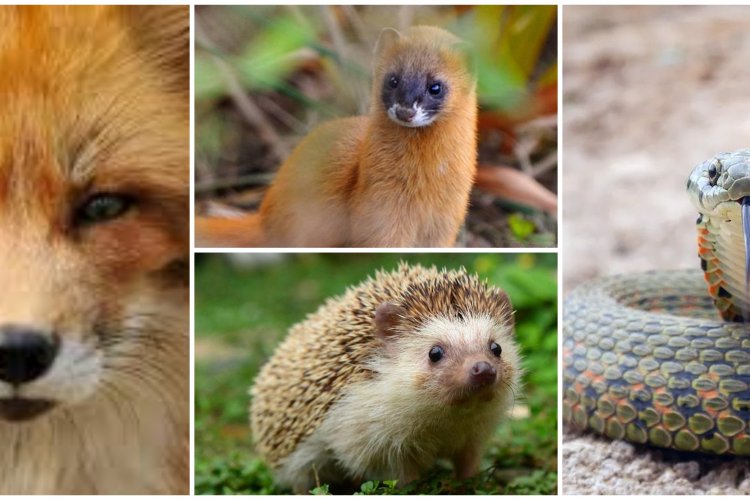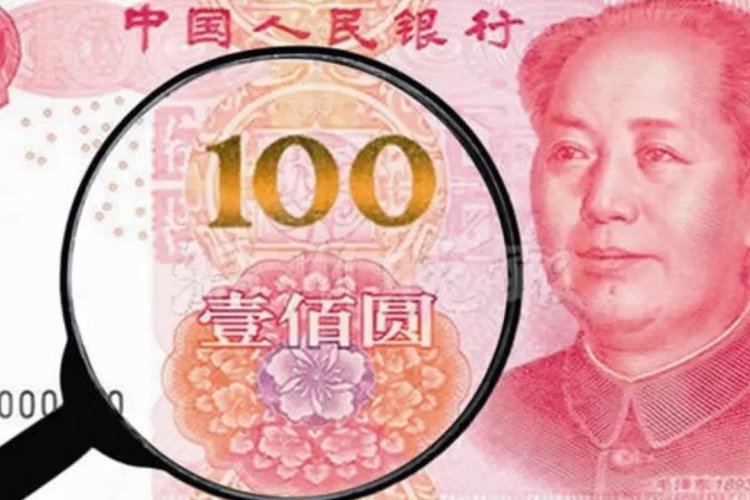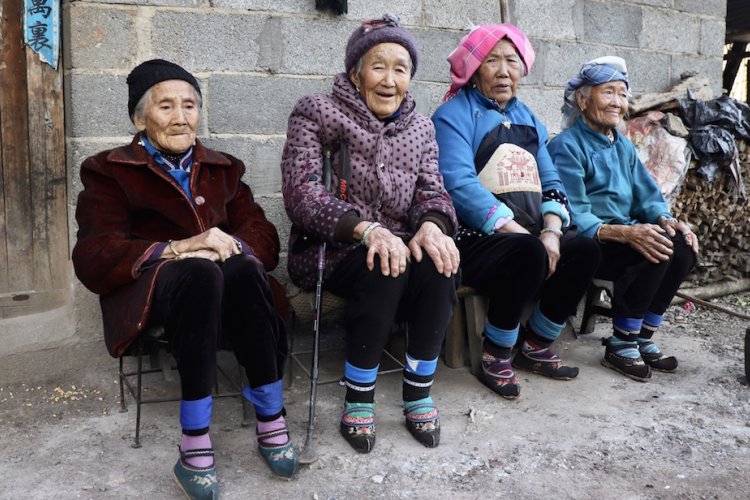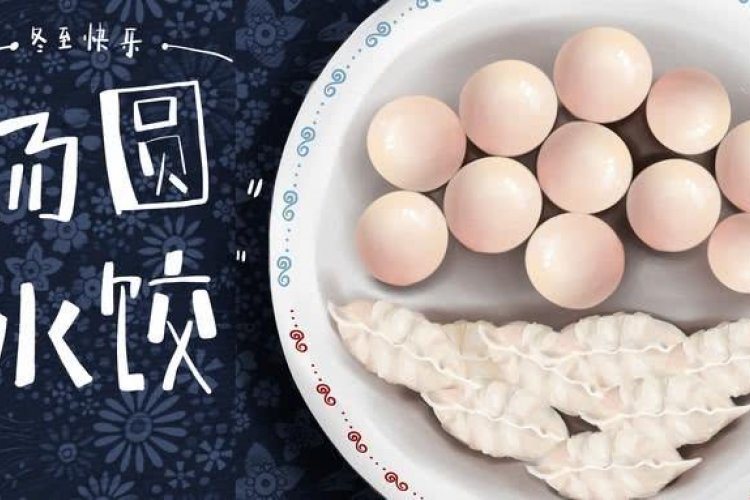Tea for Who? On the Hunt for the Elusive Cuppa in the Capital
I live near Wudaoying Hutong, which is home to approximately 315 places to get a well-made coffee, plus a Costa. You know Costa Coffee, right? It’s what happens when people wonder if it’s possible to get a blander, more overpriced and processed cup of coffee than Starbucks, and Britain answers with “Right! We’re on this!”
While Costa Coffee often fails at serving its namesake product, the one thing those Brits do know how to do is make a cup of tea. Or at least, they seem to know how to develop proven corporate training methods which can instill best practices across cultures for the delivery of a consistently served tea-based product.
I’m serious. In all of Beijing, Costa is one of the few places that actually know how to serve tea. For one, they use actual teapots, thereby allowing you to control the steeping time. Most of the time in cafés, a bit of loose leaf tea is dumped into a large glass or cup and then doused in tepid water. There’s no steeping and pouring. There’s no attempt to match water temperature with the variety of tea. It’s just ‘here’s your tea and off you go.’
To be fair, the British worked long and hard to get their tea straight. There was the establishment of the British East India Company, several disastrous meetings with Chinese emperors, a war with the Americans following a particularly boisterous Tea Party in Boston Harbor, and then another war with China to protect the balance of payments for all the tea being shipped to Blighty as well as protecting Queen Victoria’s good name as the Pablo Escobar of Opium. Eventually, the Brits hunkered down and said, “Sod it. Let’s just steal the stuff, mate,” and sent Robert Fortune – imagine Indiana Jones if he’d been a gardener rather than an archaeologist – to sneak around China in disguise collecting the tea plants, staff, and knowledge to kickstart a tea industry in India. But still, this is China. Why is it so hard to find a good cup of tea?
Sure, you can always go down to Maliandao, the great tea warehouses in southwestern Beijing, the epicenter of all things cha in the capital. But a visit to Maliandao with its floor after floor of the fragrant leaf can be an overwhelming experience. Where is the tea equivalent of Metal Hands? And no, the multi-billion RMB phenomenon of bubble tea, cheese tea, Hey Tea, and anything else that resembles a dessert more than a proper cup of tea, doesn’t count. According to Martin Papp, the owner of Papp’s teas which sells loose-leaf tea to consumers and businesses, the bubble tea phenomenon is all about the sweetness. “So far the only model that has worked is sweet teas. Cheese cream teas, bubble teas. Meaning original high-quality teas without sugar doesn’t capture the mainstream consumer’s preference.” Does that mean for a tea café to work, you have to make the tea into a cookie?
Fortunately, there are a few exceptions to the rule of bad tea in Beijing. Papp suggested I check out Teasure, a mall-based chain of tea cafés which, I have to admit, do a decent cup of oolong or pu’er. The vibe is very Starbucks-lite, and on a weekday afternoon at the APM Mall on Wangfujing, I observed that the coffee giant was selling at least two cups of coffee for every tea served at Teasure, but it’s nice to know that the Chinese national beverage isn’t being completely ignored. Perhaps I’m missing the point entirely.
Could it be that tea just isn’t suited to the coffee-café model? Sherry Zhang, a tea expert at The Hutong who leads tours of Maliandao, doesn’t believe that there is a problem with Beijing’s tea culture at all. “I don’t think Beijing lacks high-end teahouses,” says Zhang.“ On the contrary, they demonstrate elegance, seriousness, and an aesthetic, and they have a lot of high-grade tea, tea sets, and professional tea rooms. Tea art performances are relatively closed private spaces and are not necessarily open to the public. Many Chinese businessmen negotiate business at these high-end business teahouses which may be in an office building or a business center.”
Martin Papp suggests that this kind of tea house may also be more popular in other parts of China. “There are several tea cafés doing some cool stuff in China,” he says. “Just not so much in Beijing. There is a lot of activity in Hangzhou, Xiamen, Shenzhen, and Shanghai. Especially Hangzhou.” Zhang also believes that the reason Beijing lacks good tea venues is not because people don’t care about their tea but rather that tea is so encoded in the culture that selling it in a café seems redundant. “In Beijing, it is easy to buy your favorite tea, and almost every family has some basic tea utensils, if you have a little bit of money and you can buy your favorite tea and you already have nice tea things at home why are you willing to choose the outside tea house?”
In the meantime, my quest for the perfect cup of tea in Beijing continues. Suggestions welcome.
Photo: istock.com


